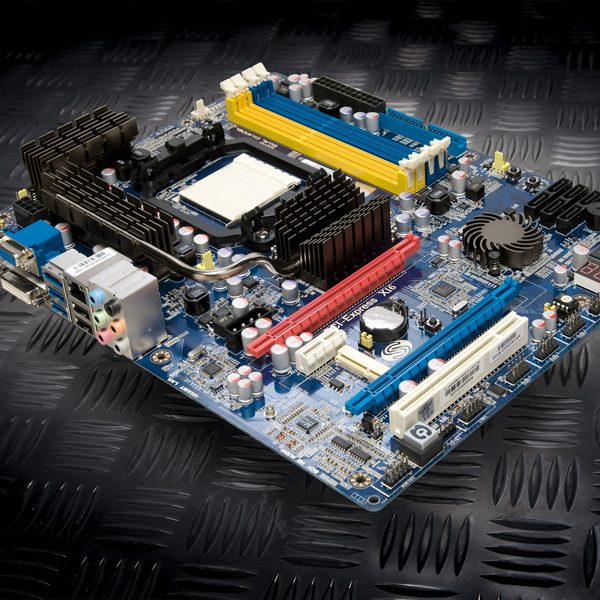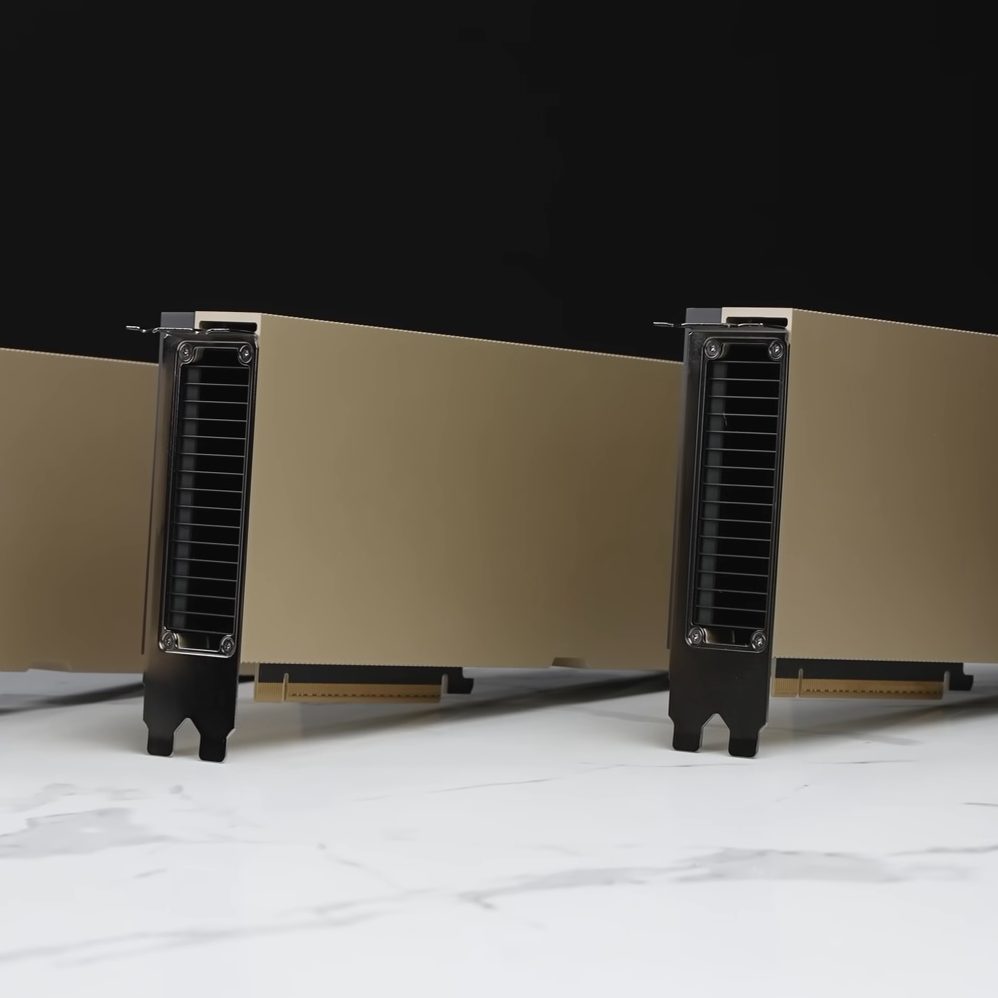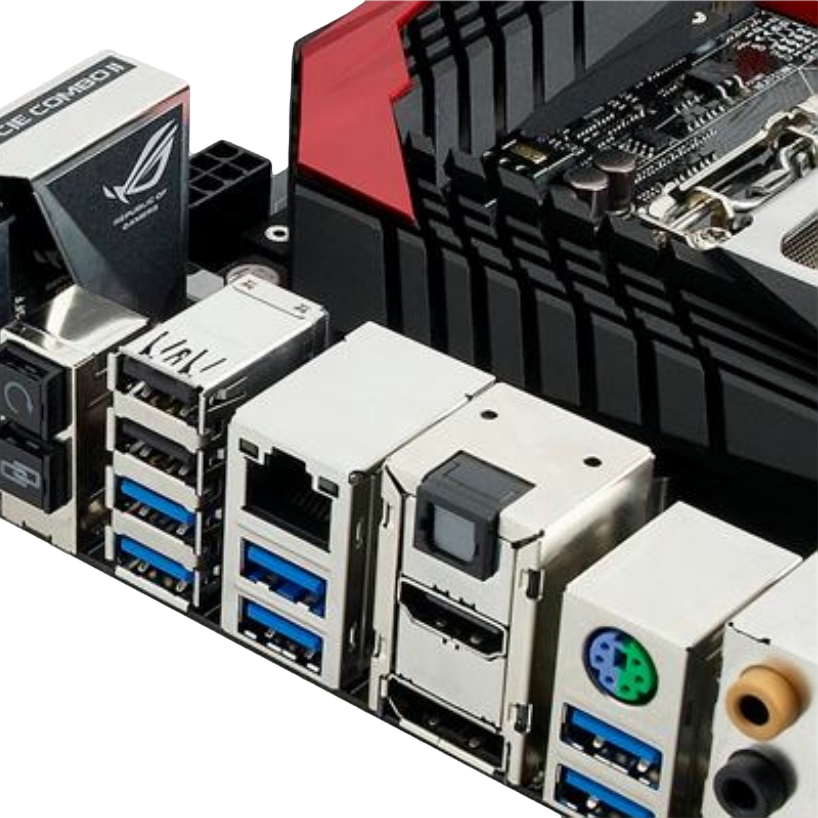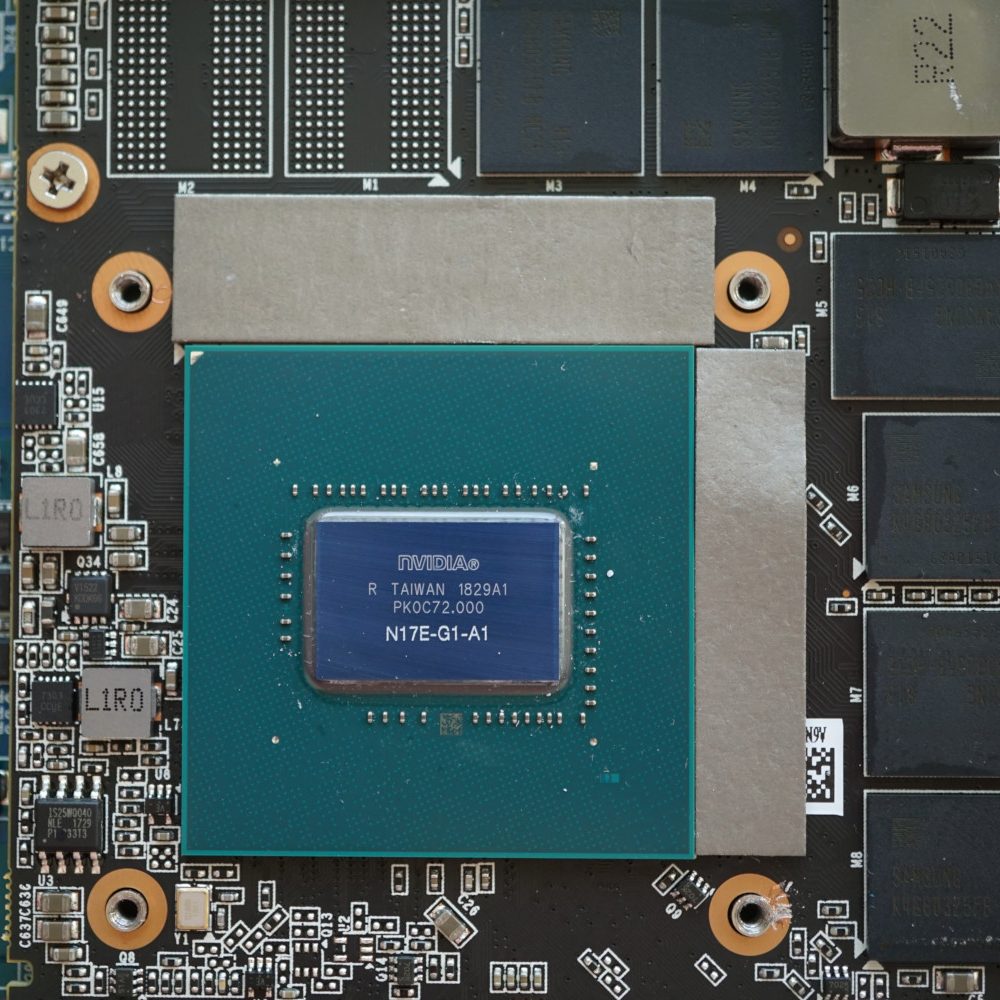Understanding the differences between integrated vs dedicated graphics card is crucial for anyone purchasing a new computer or upgrading their current system. Each type has its strengths and weaknesses, affecting everything from gaming and video editing to everyday tasks like web browsing and office work. In this article, we’ll delve into a comprehensive comparison of integrated vs dedicated graphics card, helping you make an informed decision based on your needs.
Understanding Integrated Graphics Cards
What Are Integrated Graphics?
Integrated graphics cards are built into the CPU (Central Processing Unit) and share system RAM. They are designed to handle basic graphic tasks such as video playback and casual gaming. Integrated graphics are typically found in laptops and budget desktop computers. Because they use system memory, the performance can be limited, but they also consume less power, making them suitable for everyday use and tasks that don’t require intensive graphical processing.
Advantages of Integrated Graphics
One of the primary advantages of integrated graphics cards is their cost-efficiency. Since they are built into the CPU, there’s no need to purchase a separate graphics card, which can be a significant saving. Integrated graphics also consume less power and generate less heat, contributing to longer battery life in laptops and cooler running desktops. For ordinary tasks such as web browsing, office applications, and streaming videos, integrated graphics are usually more than adequate. They offer a simple, low-maintenance solution for users who don’t require high-end graphical performance.

Delving into Dedicated Graphics Cards
What Are Dedicated Graphics?
Dedicated graphics cards are separate pieces of hardware optimized solely for rendering images and videos. Unlike integrated graphics, they have their own memory (VRAM), relieving the CPU and system RAM of graphical processing duties. Dedicated cards come in various levels of performance, from entry-level to high-end models, and are typically found in gaming rigs, professional workstations, and high-performance laptops.
Advantages of Dedicated Graphics
Dedicated graphics cards offer superior performance, especially in graphically intensive applications like 3D rendering, video editing, and modern gaming. They possess their own VRAM, which means they can handle larger textures and more complex graphics without taxing the system RAM. This advantage leads to a smoother, more responsive experience in demanding applications. Moreover, dedicated cards often come with advanced features like ray tracing and enhanced shading, providing a richer and more immersive visual experience. For professionals and gaming enthusiasts, dedicated graphics are often the preferred choice due to their robust capabilities.
Performance Comparison in Everyday Tasks
Integrated Graphics in Daily Use
For general everyday tasks like checking emails, browsing the web, and working with office applications, integrated graphics perform admirably. Modern integrated GPUs (Graphics Processing Units) have come a long way and can handle these tasks with ease. They are capable of playing HD videos and supporting multiple displays. For users whose primary needs are productivity and multimedia, integrated graphics provide sufficient performance without the additional cost of a dedicated GPU.
Dedicated Graphics for Enhanced Efficiency
When it comes to multitasking or more complex tasks, dedicated graphics show their true strength. Running multiple applications, especially those requiring graphical processing, is smoother and more efficient. For example, video conferencing while editing high-resolution images or streaming videos while browsing multiple tabs would benefit from the extra power that a dedicated GPU offers. The ability to offload graphic-intensive tasks from the CPU to the GPU can result in a more responsive and fluid user experience.

Gaming Experience: Integrated vs Dedicated
Casual Gaming on Integrated Graphics
Integrated graphics can handle many casual games with lower graphical requirements. Games like Minecraft, World of Warcraft, or older titles can run reasonably well on integrated GPUs, especially when settings are adjusted for performance. For gamers who aren’t looking for high-definition graphics or ultra-smooth frame rates, integrated graphics offer a viable option. The latest integrated GPUs can even surprise with their ability to manage moderately demanding games, although typically not at the highest settings.
High-Performance Gaming with Dedicated Graphics
For serious gamers who crave high-resolution textures, fast frame rates, and the latest visual effects, dedicated graphics cards are essential. They can manage modern AAA titles at high or ultra settings, delivering a smooth and immersive gaming experience. Features such as ray tracing and adjustable graphic settings provided by dedicated GPUs enhance realism and detail in games. Dedicated GPUs also support higher frame rates, which is crucial for competitive gaming where every millisecond counts. The level of immersion and responsiveness offered by dedicated graphics is unparalleled, making them the go-to for gaming enthusiasts.
Impact on Video Editing and Creative Work
Integrated Graphics for Basic Creativity
Integrated graphics can handle basic video editing and other creative tasks such as photo editing or 2D graphic design. Running software such as Adobe Photoshop and Premiere Pro on integrated GPUs can result in limited performance, especially when handling high-resolution footage or complex, multi-layered projects. For hobbyists or those working on smaller, less intensive projects, the capabilities of integrated graphics might be sufficient. They offer an entry-level solution for creative tasks without the need for significant investment.
Dedicated Graphics for Professional Creative Work
For professional video editors, graphic designers, and 3D artists, dedicated graphics cards are indispensable. They dramatically improve rendering times and allow for smoother manipulation of high-resolution assets. The additional VRAM on dedicated cards enables the handling of complex projects and larger files, speeding up workflow and enhancing productivity. Professional software often leverages the power of a dedicated GPU to enable real-time editing, rendering previews, and applying multiple effects without slowing down the system. For creative professionals, the investment in a dedicated graphics card translates to significant time savings and a better overall user experience.

Thermal and Power Considerations
Efficiency of Integrated Graphics
Integrated graphics chips are highly efficient in terms of power consumption and heat generation. They share the system’s cooling solutions and don’t draw much additional power, which is beneficial for battery life in laptops and lowers energy costs for desktops. This efficiency makes integrated graphics a good option for users who prioritize power savings, silent operation, and those who do not engage in intensive graphical work. For environments where heat and power efficiency are crucial, integrated graphics provide a suitable and sustainable solution.
Thermal Dynamics of Dedicated Graphics
Dedicated graphics cards require more power and more robust cooling solutions, which can lead to increased energy consumption and heat output. High-performance systems with dedicated GPUs often use sophisticated cooling methods, including multiple fans or liquid cooling, to manage temperatures. This can result in higher electricity bills and necessitates good case ventilation in desktop setups. However, for those needing superior graphical performance, the trade-offs in power and thermal management are often well worth it. Effective cooling solutions are essential to maintain the longevity and performance of dedicated graphics cards under heavy loads.
Cost Considerations and Future-Proofing
Affordability of Integrated Graphics
One of the most significant advantages of integrated graphics is cost savings. Since they come built into the CPU, there’s no need to purchase an additional graphics card, making the overall system cheaper. This affordability makes integrated graphics an attractive option for budget-conscious consumers, students, and business users who don’t require high-end graphical capabilities. Integrated graphics offer a cost-effective way to meet basic computing needs without compromising too much on functionality.
Investment in Dedicated Graphics
While dedicated graphics cards come with a higher price tag, they offer a level of performance that can significantly extend the useful life of a computer system. Investing in a dedicated GPU can future-proof your system, making it capable of handling upcoming software advancements and graphical demands. This investment is especially prudent for gamers, creative professionals, and anyone running resource-intensive applications. While the initial cost is higher, the long-term benefits in performance and usability often justify the expense.
In conclusion, the choice between integrated vs dedicated graphics card depends largely on your specific needs and use cases. Integrated graphics are cost-effective, energy-efficient, and adequate for general computing tasks. On the other hand, dedicated graphics provide superior performance for gaming, professional creative work, and multitasking. However, they come at a higher cost and consume more energy. Understanding your requirements will help you make the best decision. This ensures you get the most value and performance from your computer system.
